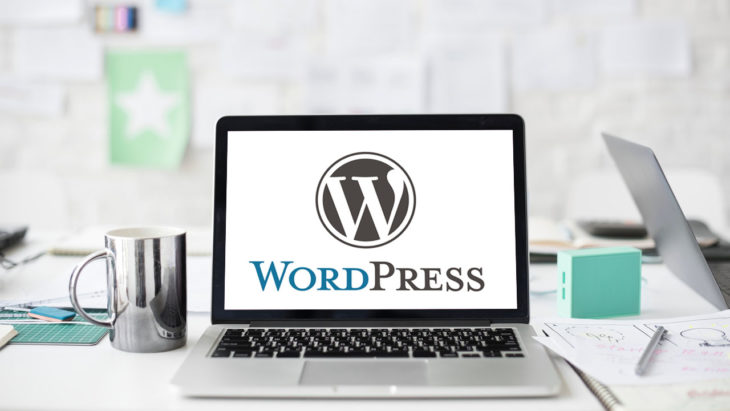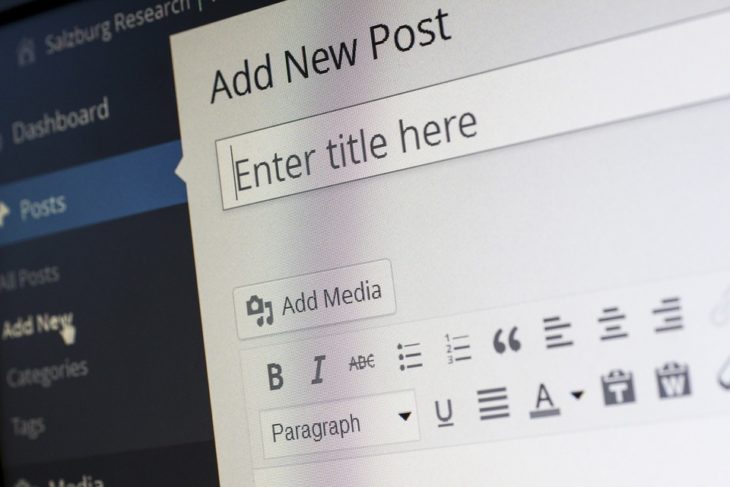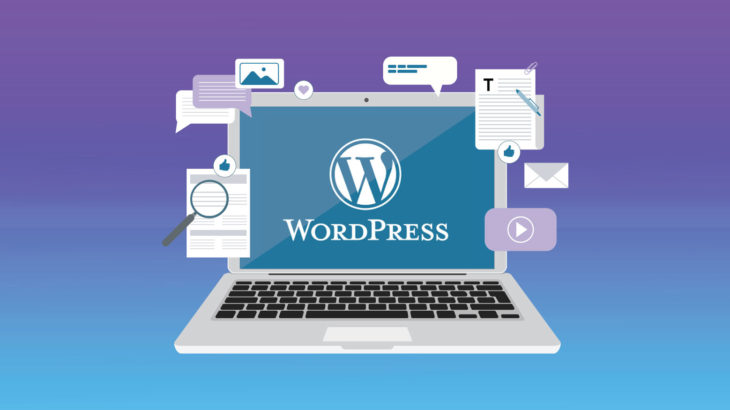A lot of people bicker about the level of security that WordPress delivers, especially because its script is open source. However, this could not be further from the truth. In reality, a WordPress site is a lot better protected than other sites on the internet. However, you may put as much effort as you want on your site and it can still be harmed. It’s just the way of the internet.
Hence, it is essential if you use a few of these simple tips and procedures to keep your security in check while also performing regular security checks. Websites like webprotime.com help you in getting to know all about making a site, building a site, and protecting it. In addition to it, you can follow these tips to ensure your WordPress website is protected in 2024:
Contents
1. Only Employ Good Hosting
While this tip feels like something that is obvious, not every hosting service is safe, robust, and reliable. However, every hosting service feels right until the first time your website gets attacked. There are a lot of surveys that you can find on the internet which will tell you which are the best hosting surveys in terms of different facets like speed, security, etc. as well as overall. Most of the times you don’t even realize that your host is bad. Some indicators may be sub-par performance, a lot of downtime, and a higher number of attacks. You have to realize that you can never make your host better. It all boils down to the amount of money you pay them, and even that may sometimes not be enough. The only way is to switch to a better hosting service.

Source: A WP Life
2. Keep Your WordPress Updated
Whenever WordPress gets a new update, it improves itself. More often than not, its security is increased too. A lot of different vulnerabilities and bugs which are found get fixed with every new update. Moreover, if you ever see a new update soon after the previous update, it generally means that a particularly potent bug was found which needed immediate fixing. This is why you need to keep updating it or else you are risking your website. It takes just a few seconds anyway if you have a stable internet connection.
3. Securing wp-config.php
The wp-config.php file is a file which contains a lot of important information about the installation of your WordPress. It is very easily your root directory’s most crucial file. When you secure it, you protect the main core of the WordPress site. Any hacker will find it extremely difficult to breach your protocols if you block the access of this particular file from them. You can move it to a level which is higher than the rest of the root directory without worrying much because its configuration settings are the most prioritized of all. So even when it is stored elsewhere, it is still visible to your WordPress.

Source: Pixabay
4. Take Regular Backups
This step is not about protecting your WordPress as much as it is about securing all of its data in the circumstance that it’s compromised. When you create a backup of your site, you are creating a replica of all the data of your site and then storing it elsewhere. Hence, if your site’s data gets compromised, you can take it down and then restore it. You will need plug-ins for storing your backups.
5. Set A Limit for Locking Down Your Website and Even Ban Users
While hacking methods have become more and more sophisticated over the centuries, you still have to think about arguably one of the most primitive way of hacking: brute force. Brute force is when one makes continuous attempts at guessing the password. This process can be automated as well for making thousands and thousands of attempts in a very short time. You can set up your WordPress site to make sure that whenever someone uses a lot of wrong passwords at once, your site will get locked and you will immediately be notified. You should also set up measures for banning the particular user if such an event happens.

Source: edraak
6. Limit the Number of Users and Their Accessible Functionalities
Most of the times, you are not the only person who will be having an access to your site. Therefore, you should be wary of the new accounts you set up. Everything should be under your control and any user who does not necessarily need to access the site should be monitored. You even have the power to restrict the number of functions each user can perform and the amount of permissions they have. Keep it restrained to the functions that are essential to their tasks and that should do the trick.
7. Change Passwords Regularly and Use Strong Passwords Each Time
While this is something that is true for any account you hold online, it is especially true for your WordPress site. You should keep changing your password at regular intervals to make sure your access stays secure.
Even when changing your password, you have to make sure that it is quite strong every time. There is a plugin called Force Strong Passwords. When you choose your password, you are recommended a strong one by WordPress. However, it is not binding to use that one. And when you go to change it, there is no such security either. However, with this plugin, which is quite game-changing, you will not be able to proceed to your site unless you create a strong password. You should also make sure that all people who have the admin access to your site use this plugin so that your site remains secure all-round.

Source: medium
To Conclude
When you create a website and it goes live, the site immediately becomes visible to all kinds of hackers. Your website can never be protected from each and every kind of malicious software that exists in the world. You can only try to make is as secure as you can. For a WordPress website, these are a few tips and tricks that will help in doing so.
